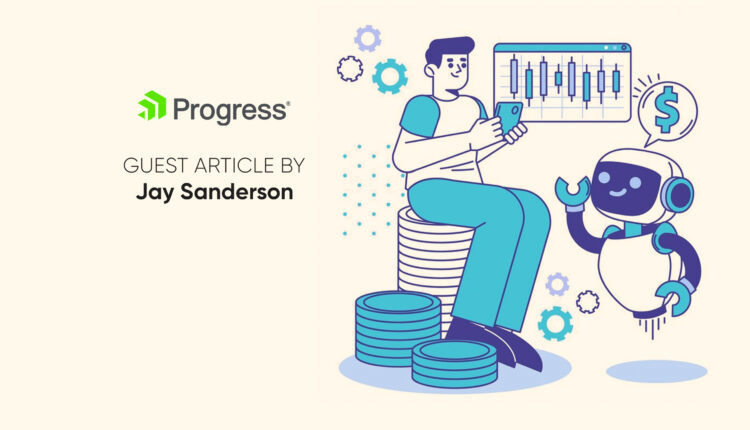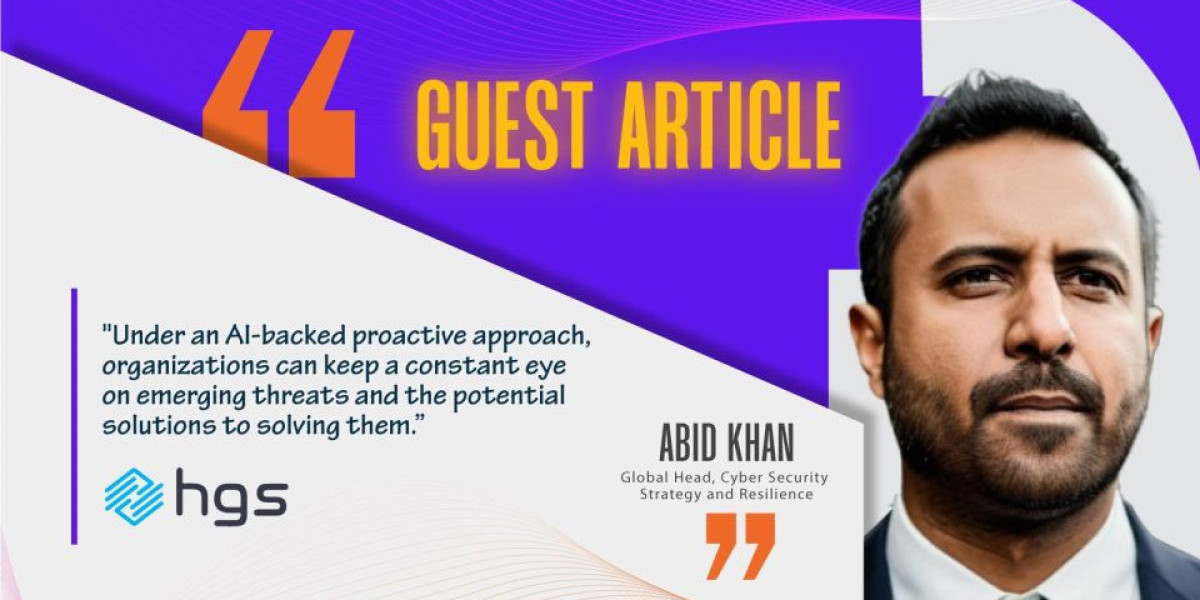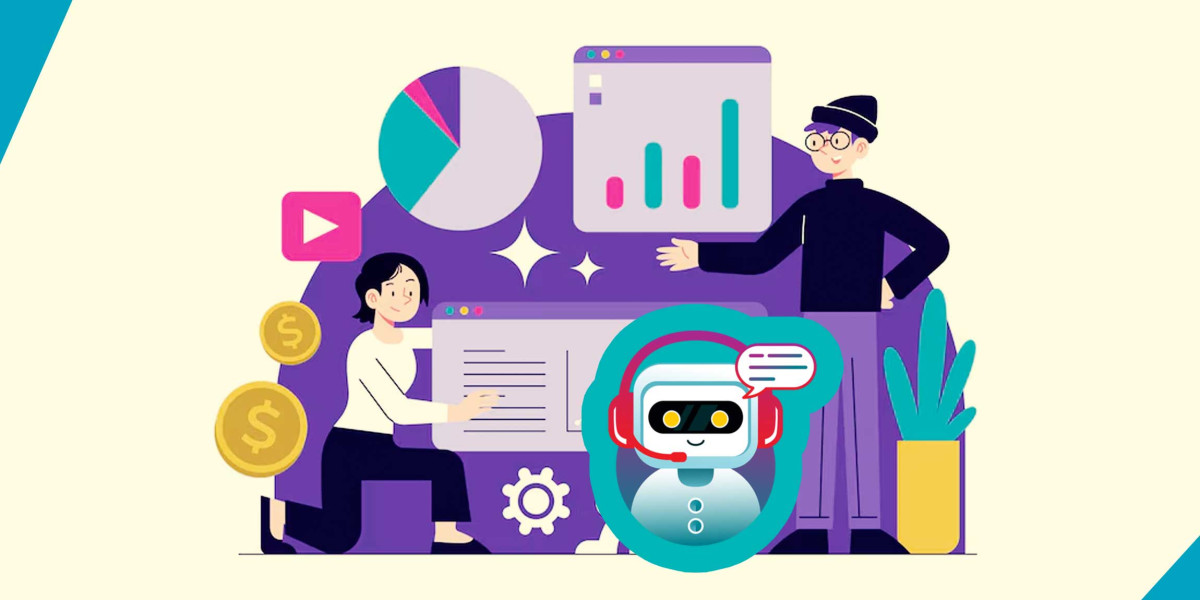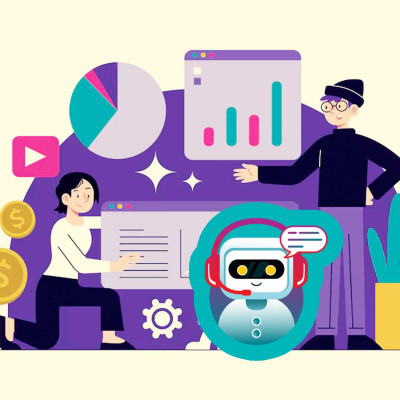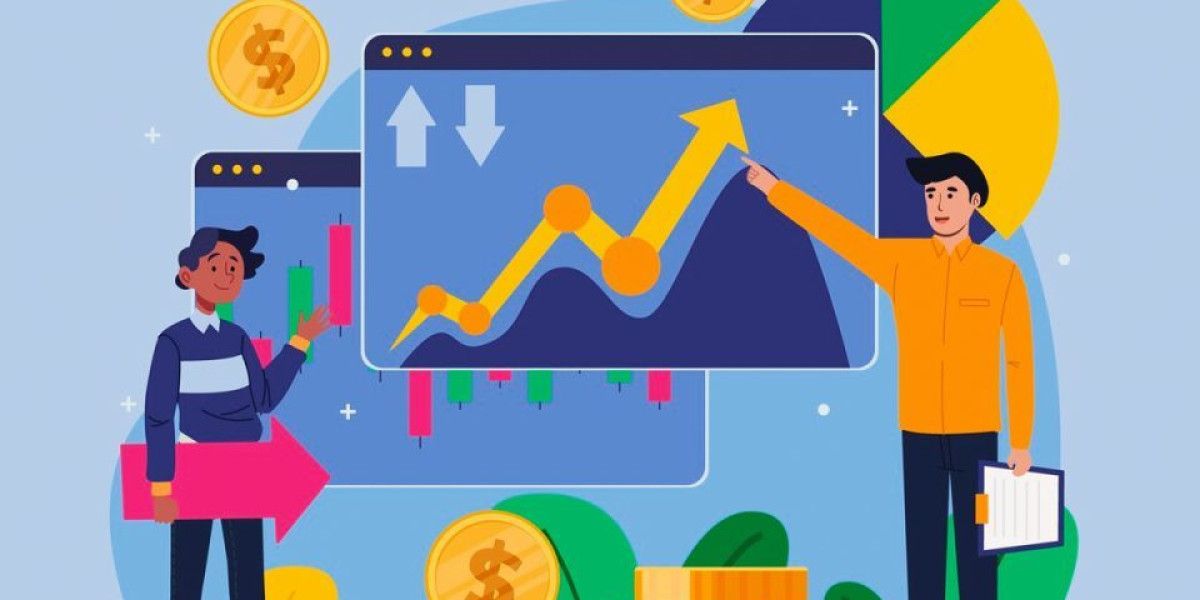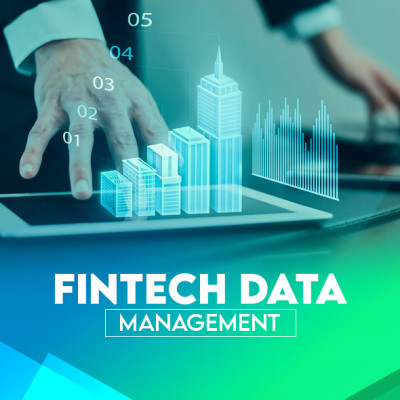AI Propensity Scoring Raises the Stakes in Personalization
With artificial intelligence propensity scoring finding its place in the marketing toolbox, the battle for who can deliver the most personalized customer experience just got a lot more competitive. In a world full of overwhelming choices for consumers of all types, personalization using AI and propensity scoring can help potential buyers sort through and make sense of the sea of options presented to them.
Personalization Has Come a Long Way
Taking a brief look back at personalization, the earliest examples of website personalization date back to the 1990s when retailers gained the ability to make product suggestions based on the history of a customer’s purchases using simple algorithms. Next, cookies made it possible for websites to track a user’s behavior and leverage that data to personalize experiences on their website. Despite being limited to a single device—a real disadvantage in today’s multichannel world—cookies do have their place. Then came the onset of machine learning, which analyzed behavioral data to make predictions about what users might be interested in, and finally, the explosion of social platforms, which enabled companies to make significant strides in personalizing experiences based on interactions with the platform.
And now that we are officially in the age of artificial intelligence-powered personalization, marketers can provide more tailored product recommendations, customized content creation and seamless omnichannel experiences based on real time data. Artificial intelligence in personalized marketing is a field poised for growth. It is expected to expand at compound annual growth rate of 27.1%, growing from 1.18 billion USD in 2023 to 77.5 billion USD by 2030 according to Future Data Statistics. Such growth is clearly sending marketers a message that those that do not embrace AI to deliver personalized experiences will be at clear risk of fewer conversions and diminished customer satisfaction rates and loyalty.
Marketing Technology News:
Propensity Scoring Further Harnesses AI
Building on the growing capabilities of AI-powered personalization is the relatively new AI propensity scoring. Propensity modeling generates a propensity score which represents the probability that a visitor, lead or customer will take a specific action that can help predict the likelihood of a lead converting to a customer.
With conversion rates for most hovering between 2 – 4.3%, means that for most, 95% of visitors don’t convert into paying customers. Using propensity scoring enables companies to better allocate resources in a more informed manner.
Propensity scoring can help an organization predict customer lifetime value, the total value of a customer’s transactions over their lifetime with a company, helping to identify who will buy more products and generate more revenue over their lifetime. This information can help marketers create targeted marketing campaigns and improve customer retention rates.
Propensity scoring can also be used to predict churn rates, helping to identify which customer data factors are associated with churn rates and direct efforts to keep customers onboard.
More Effective Target Marketing
When all is said and done, AI propensity scoring is a powerful, rather new tool that offers a competitive edge to businesses by enabling them to target their marketing efforts more effectively. Having the capability to anticipate customer behavior across multiple channels, coupled with the ability to customize and personalize interactions accordingly, not only enhances the experience for the user, but also optimizes conversion rates. By analyzing touchpoints and customer journey milestones, AI propensity scoring helps marketers ensure that every dollar spent is an investment towards a more predictable and profitable outcome. AI propensity scoring can help you achieve:
1. Segmentation Precision:
Categorizes potential customers into high, medium and low likelihood segments based on their probability to perform a specific action (for example making a purchase, attending an event, store visit) enabling laser-focused marketing strategies.
2. Targeted Engagement:
Predicts which users are most likely to engage to allow for the creation of targeted campaigns that resonate more effectively with these groups, thereby increasing the likelihood of conversion.
3. Efficiency in Resource Allocation:
Helps align marketing budgets with predictable outcomes to optimize the allocation of efforts and resources, concentrating them on campaigns and audiences with the highest potential for ROI.
In part due to the widespread news coverage of generative AI, artificial intelligence has clearly taken center stage. But in reality, businesses and marketers have been using predictive technologies for decades, beginning with retailers 30 years ago gaining the ability to make product suggestions based on the history of a customer’s purchases. With AI capabilities today, including propensity scoring, having the ability to analyze larger and larger datasets in real-time, gives marketers powerful new tools to further personalize interactions, enhancing the user experience while boosting conversion rates.
